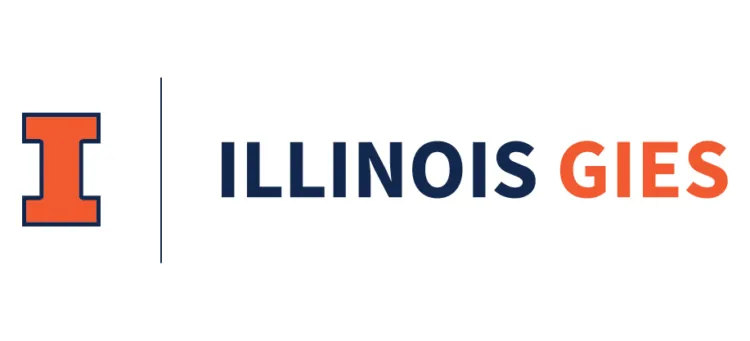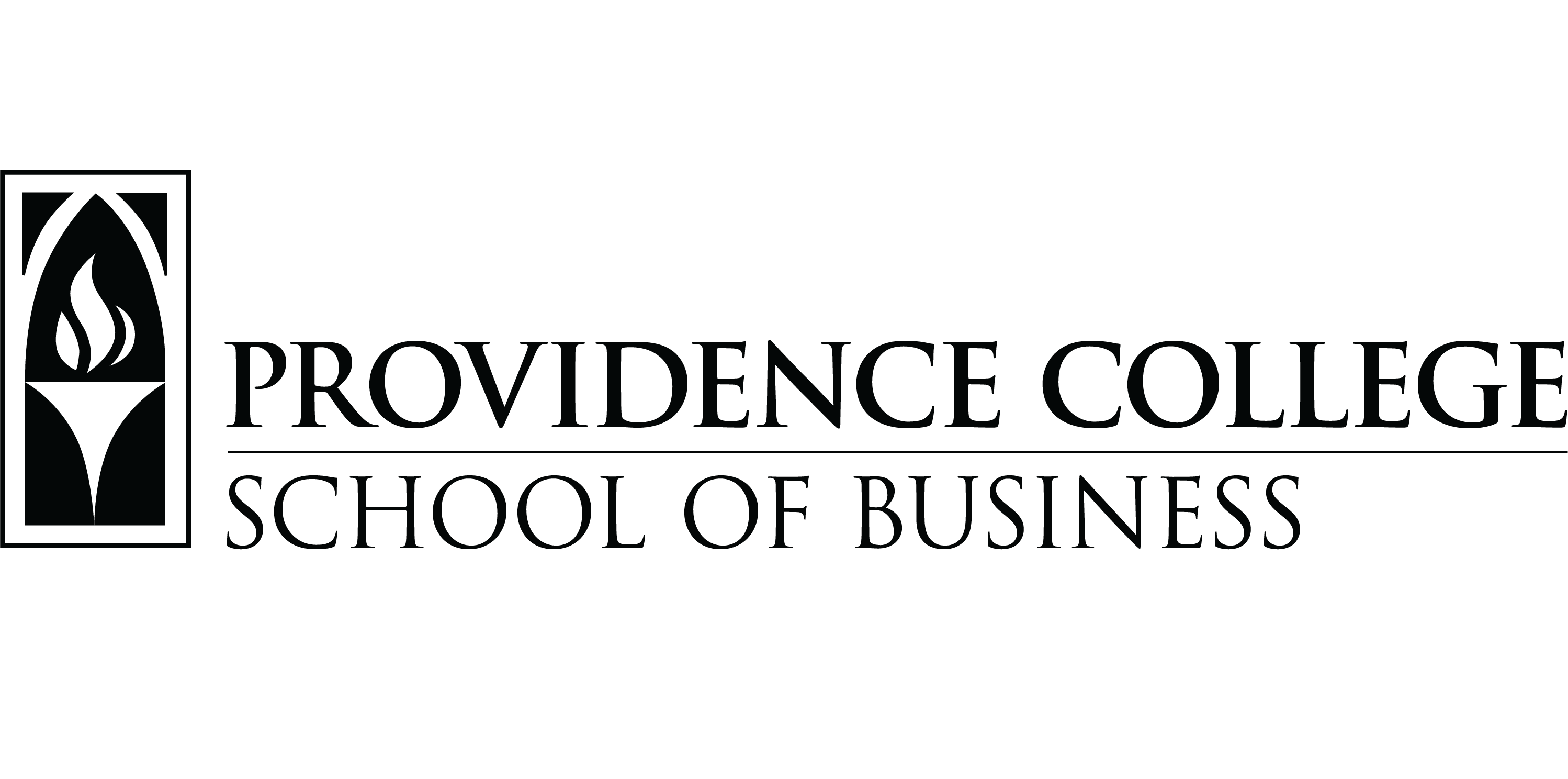
The Tuck Business Bridge is for undergrad and recent graduates with liberal arts and STEM backgrounds who want to launch careers in business related fields. Photo credit: Tuck School of Business
Poets&Quants has always recognized that the value of a good business education isn’t only for the quants. Poets also use business fundamentals to launch their careers. It’s where we got our name.
Employers recognize this as well. Studies from the National Association of Colleges and Employers show that in terms of career readiness, companies often rank liberal arts skills like critical thinking above other more technical skills. For more than two decades, a program at Tuck School of Business at Dartmouth has prepared students for both.
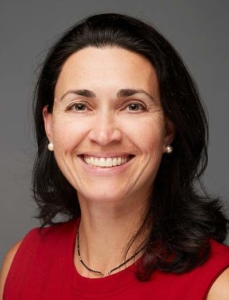
Lisa Tedeschi
The aptly named Tuck Business Bridge is a certificate program seeking to bridge the education of top liberal arts and STEM undergrads and recent graduates to the sought-after career skills of a business degree. The intensive three-week curriculum is adopted from Tuck’s MBA program and taught by Tuck faculty, says Lisa Tedeschi, executive director of undergraduate programs at the school. It also follows the Tuck approach to business education: Developing wise, decisive leaders who better understand the world through business.
The liberal arts and STEM students who complete the Tuck Bridge often go on to pursue careers in finance, consulting, or marketing. Others have become entrepreneurs, using business skills to amplify their passions. Costs range from $7,300 for the virtual program to $7,800 for the winter Bridge and $10,300 for summer sessions.
The program celebrates its 25 anniversary this year. To commemorate the occasion, Tuck announced a new fundraising campaign and created more opportunities for Bridge’s 7,000 alumni to interact with the Tuck Alumni Lifelong Learning (TALL) network.
Poets&Quants recently connected with Tedeschi to learn more about Tuck’s Bridge program and how it plans to mark its first quarter century. Our interview has been edited for length and clarity.
What is the Tuck Business Bridge Program?
The Tuck Business Bridge Program is a three-week immersive, certificate business program designed to prepare top liberal arts and STEM undergraduate students and recent graduates up to five years out of school, for careers in business. We offer three in-person programs at the Tuck School each year–two in the summer, one in December–and now we offer a 100% virtual program in January as well. That came about because of the pandemic when we offered all of those typically in-person programs virtually over the past two years. So, we’ve added that January virtual program as part of our portfolio. All of the programs have the same curriculum, they have the same career programming and capstone experience, so they’re not different in what the students are getting.
So this is for students who didn’t major in business, but want business skills as they embark on their careers?
Exactly. We do not accept students that are business majors or minors. This is really focused for liberal arts students, STEM students who are not getting the business essentials curriculum in their current undergraduate program. These liberal arts students are using the experience of the Bridge program to leverage the education that they’re getting at their institution with our essential business curriculum.
From where do students typically come?
We have students, of course, from Dartmouth that attended the program, but we actually see students from about 80 to 85 different institutions each year. Students are coming from all over, from top liberal arts institutions, so that offers nice diversity to the program. A lot of that diversity happens in the summer programs and in the virtual program, which provides the opportunity for students that wouldn’t be able to travel to Hanover, New Hampshire, for a committed three-week time frame. It really does open up the door, and we’ve had nice diversity of institutions coming into that virtual program.
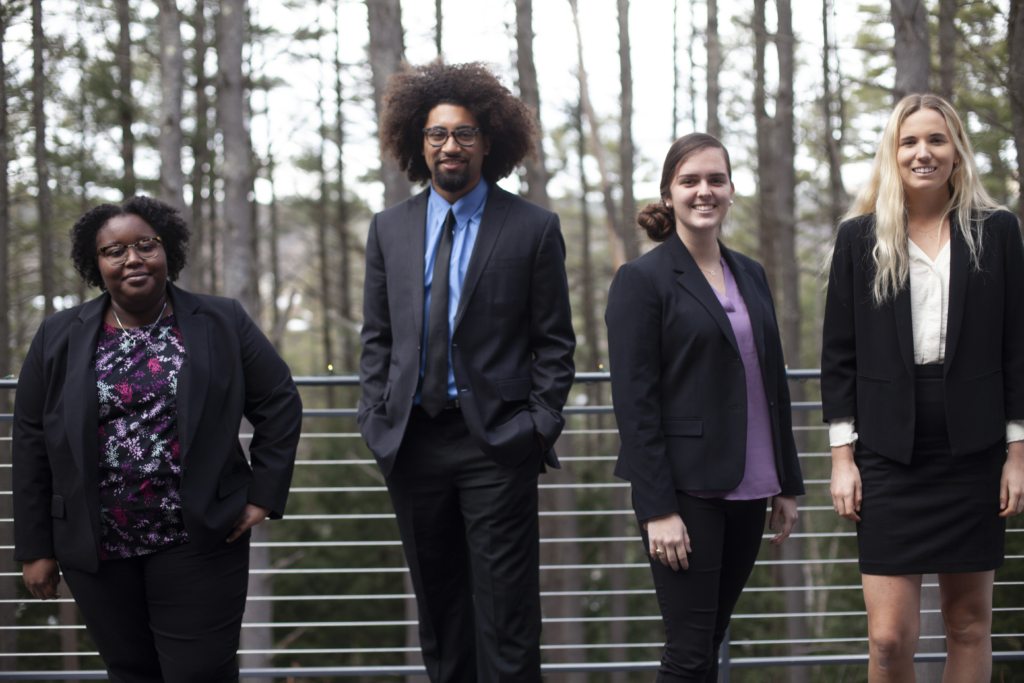
Tuck Bridge students can choose summer, winter, and now virtual cohorts for the intensive, three-week business immersion. Photo credit: Tuck School of Business
How many students participate in Bridge per year?
On average, we have about 375 students a year. If we included the last couple of years when all of our programs were virtual, we were higher because so many internships were canceled. So a lot of students were able to take advantage of our virtual Bridge programs during the last couple of years.
What kinds of business skills do students learn in an abbreviated three-week program?
As far as the business curriculum, it’s comprehensive. There are 14 different business content areas that they get throughout the program, and it’s the same kinds of content areas that a student would see if they pursued an MBA. So it’s a comprehensive business curriculum which is all taught by our MBA Tuck faculty. Some of our core content areas include business communications, corporate finance, financial accounting, managerial accounting, strategy, economics, marketing, and spreadsheet modeling. Students have multiple classes in those core content areas. There are also classes in business ethics, diversity and inclusion, team building, innovation, leadership, negotiations, and organizational behavior.
In addition to the business curriculum that they’re getting throughout the program, students also have career development programming that happens every single day. It’s very extensive, and a lot of that career development is supported by our Bridge alumni who do mock interviews with our students, career panels, and more. We have a whole career day with live interviews for internships and jobs. Career development is also supported by our Tuck career services team, who teach classes on resume skills, networking and fit interviews.
Finally, students are broken up into study groups to work on a capstone project that they present at the end of the program. The capstone project is something that definitely sets the program apart. Each study group is managed by one of our current Tuck MBA students, and that’s something that’s unique to the program. Undergraduates are not only getting exposed and have time with Tuck faculty, but they have a time, mentorship, connection with our current Tuck students. It’s meaningful on both ends of the relationship. The Tuck students really get a lot out of that time as well.
How many alumni does Tuck Bridge currently have?
Over 7,000. It’s huge.
Do you see students who’ve earned their certificate in the Bridge program later come back to Tuck for an MBA? Does this help establish recruiting relationships for Tuck?
Yes. Not only do our program alumni pay it forward and come back to volunteer their time to help our current students with internships and jobs, but we have many Bridge alumni that come back and apply to Tuck every year–an average of about 36 who apply to Tuck every year. On average, about 10 Bridge alumni per year attend Tuck.
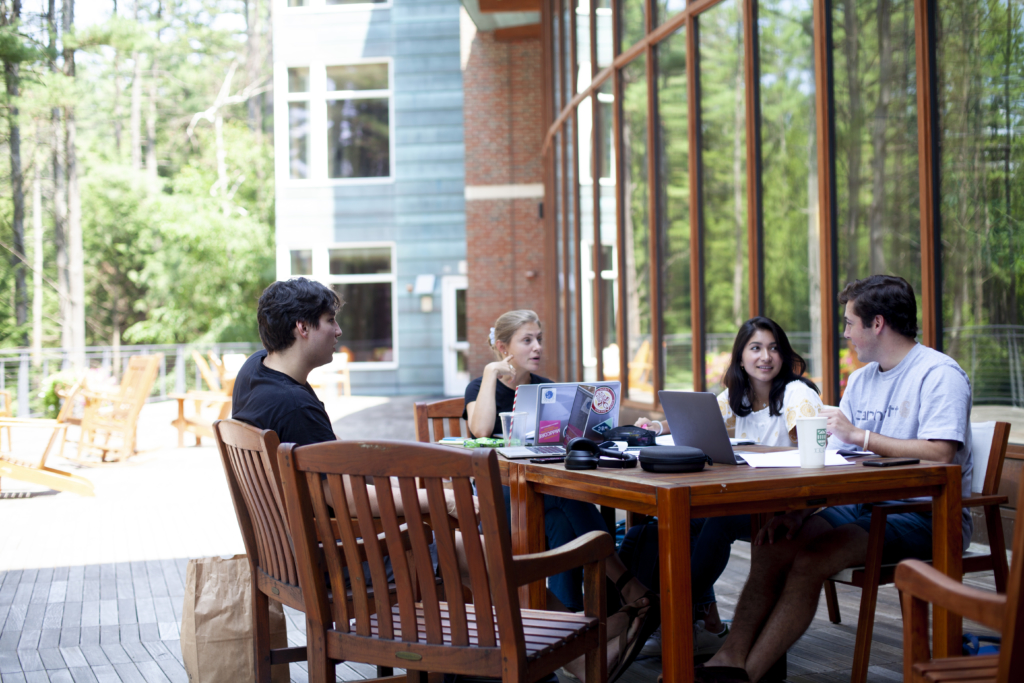
Study groups are made up of students with different educational backgrounds to help diversify the learning experience. The study groups also work on the program’s capstone together. Photo credit: Tuck School of Business
After you’ve come to Hanover for three weeks and gone through the Bridge program, it’s such a good interview for the MBA program. They say, “Yeah. This community is something that I can see myself being a part of.” So, yes, we definitely look at the Bridge program as a nice window into potential future connection.
What kinds of undergraduate majors do you typically see in the Bridge Program?
The largest percent of our cohorts every year, and this is consistent over time, are econ majors–40% of our students are economics majors. Another 17% or so are engineering, mathematics, more of those quant type majors. And, then, 40% of our students are in humanities and social sciences majors. It gives nice diversity in those study groups and we create those study groups taking diversity into account.
What are you doing to mark the 25th anniversary of the program?
One of the big ways we’re celebrating is by hosting virtual programming for our Bridge alumni. In the past, of course, Tuck alumni have all kinds of programming throughout the year, and we are inviting and including our Bridge alumni in Tuck Alumni and Lifelong Learning. We’re featuring some Bridge faculty members, of course they are also Tuck faculty members, and highlighting some amazing alumni that have gone through the program, and making the connection with Tuck and the Bridge program. There are several opportunities for our Bridge alumni to engage in that programming every single month.
The other big thing we’re very excited about is we’ve launched a fundraising campaign for the first time. We are actively reaching out to our over 7,000 Bridge alumni and talking to them about paying it forward and helping with scholarships for students that are coming up who need support.
What do you think it says about the program, that it has stuck around long enough to celebrate 25 years?
I think that the premise of providing this kind of education to students who are not getting business content in their classes has not changed. What we see is that companies are still looking to hire liberal arts students from top schools who are critical thinkers. And, these skills learned in the Bridge program are in higher demand than ever. What companies now need are candidates who also know how to use a spreadsheet, or understand a financial statement, once they get into the working world. I think that combination of skills is highly sought after now more than ever.
What else should readers know about?
The other piece that I would share is that, throughout the history of the program, the importance of us attracting top students still remains. That, really now more than ever, includes participation from first generation college students, underrepresented minorities, and students from low income households. We want our program to reflect what these schools look like, what their population looks like. Our want and need to continue to increase scholarship for these students is one of our key priorities. I think it’s important to point out that 23% of our cohorts are students that are from underrepresented minorities. That’s really important to us.
DON’T MISS: MICHIGAN ROSS’ NEW EQUITY ANALYTICS COURSE: DATA WITH IMPACT AND TOP 50 UNDERGRADUATE PROFESSORS OF 2021

